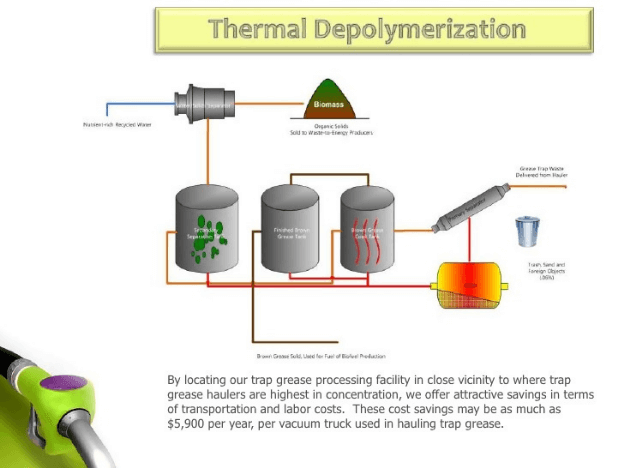For years, waste management has been an issue of concern for several years. Finding a source of energy that does not negatively affect the environment is also an issue that, for years, scientists have been working to resolve. Through Waste to Energy processes, both these issues were resolved. Waste from energy, also known as bioenergy, is a process of converting wastes to the energy that can be transformed into electricity or heat. For several years, waste to energy methods has been employed in different parts of Europe, Asia, and the United States as a means of garbage disposal. This helps the authorities keep dispose of the garbage piling up in the landfills. MoreGreen is one of the many companies in the United States running waste to energy plants.
Methods of transforming waste into energy
There are two categories of methods used in the transformation of waste to energy.
Thermal processes
These are methods that use heat in the process of converting waste into energy or electricity. Methods under this category include;
- Gasification

Gasification is the process through which biomass is converted into usable gases like carbon monoxide and hydrogen. In the process of gasification, heat is used in five different stages to split the different elements of the biomass step by step until the gases are the only products left behind. Gasification is used in various industries, including refining, chemical, and fertilizer firms.
- Incineration
Incineration is a process of waste treatment that involves the combustion of organic substances. The said natural substances are contained in waste substances. The organic elements are, therefore, transformed into ash, fuel gas, and heat. The ash that can not be burned further is then safely disposed in underground pits or on land as it is non-toxic. Carbon monoxide is also a final product of incineration.
- Depolymerization

Depolymerization is a method of disposing of plastic waste. Through the process of depolymerization, plastic waste is converted into energy in liquid form like fuel oil. Depolymerization can also be used in the conversion of heavy metals into stable oxides. In technical terms, depolymerization is the process of converting polymers into a single monomer or a mixture of monomers. Heat is also used in the process of depolymerization.
- Pyrolysis

Pyrolysis is a process of thermal decomposition where waste materials are converted into energy in the presence of heat and an inert atmosphere (in the absence of oxygen). The end products of pyrolysis include gases and charcoal. The process has evolved in such a way that it is currently used in the production of bio-oil.
- Distillation

Distillation is the process of separating components of biomass through combustion and condensation. Distillation is used in the production of gasoline, liquid fuel and also gaseous oil.
Conclusion
Other than thermal methods of converting waste into energy, other methods do not require the use of heat. Such methods are known as non-thermal processes. Under this category, lies fermentation and anaerobic digestion. These methods of waste disposal are both eco-friendly and useful as they are applied in various industries.
